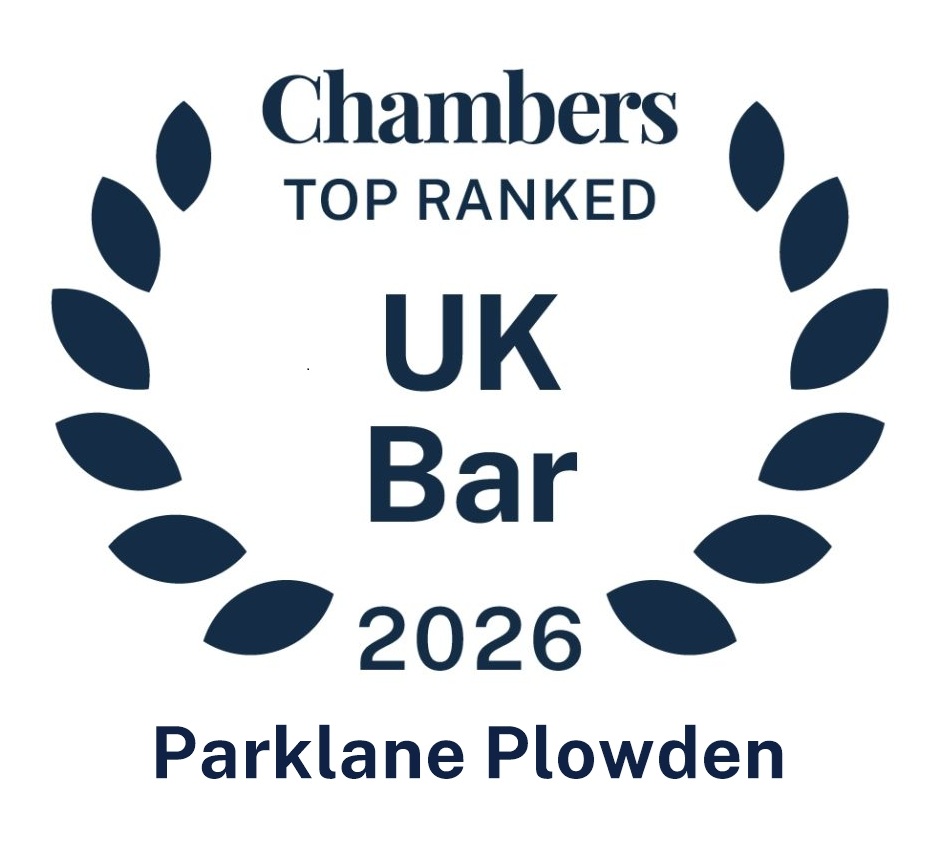Secondary victim claims in clinical negligence cases

Legal update written by Anna Datta.
Background of the case
The Claimants’ secondary victim claims arise out of the Defendant’s negligent failure to diagnose their daughter (Esmee) with the life-threatening condition of child-pulmonary veno-occlusive disease. The Defendant accepted that Esmee’s condition should have been diagnosed and treated.
The parents sought medical advice due to Esmee suffering from frequent episodes of breathing difficulties and vomiting. In the period between her second referral and being seen at the hospital, Esmee suffered from a more serious event and sadly died. In the course of the final episode, her parents were present and attempted to resuscitate her. As a result, both parents suffered from psychological injury.
The Defendant made an application to strike out in accordance with CPR 3.4 on the basis that the statement of case disclosed no reasonable grounds for bringing the claim. The Defendant argued that the criteria for secondary victim claims in Alcock v Chief Constable of South Yorkshire Police [1992] 1 AC 310 was not satisfied.
Judgment
For the purposes of the strike out application, Master Cook identified that the relevant issue to be determined was whether the Claimants had a reasonably arguable case that the collapse and death of Esmee could be the relevant event for the purpose of deciding proximity.
In this case, Esmee had suffered a number of incidents of breathing difficulties before the episode that led to her death and indeed her death was five to seven months after the negligent failure to diagnose. Master Cook accepted, relying on the medical records, that the incidents of breathing difficulties were ‘very regular and clearly very worrying’ for the Claimants. In order to determine proximity, the issue was whether these non-fatal episodes could preclude the Claimants from making a secondary victim claims.
Chamberlain J in Paul v The Royal Wolverhampton NHS Trust [2020] EWHC 1415 (QB) concluded that it was possible to identify a qualifying shocking event and that the shocking event need not coincide with or immediately precede the first actionable damage to the primary victim. As a consequence, Master Cook found that Esmee’s previous episodes of breathing difficulties were not a bar to the Claimants recovery as secondary victims.
The application for strike out was therefore dismissed. Acknowledging that this case raised an important point of law and that there was a lack of clarity in the law at present, Master Cook granted permission to appeal to the Court of Appeal.
Comment
Secondary victim claims are increasingly being pleaded in clinical negligence claims. As demonstrated from the judgment in this case, there are a number of seemingly conflicting authorities on this issue.
The difficulty for secondary victim claims in clinical negligence cases is that the negligence typically involves an omission which leads to an injury that becomes apparent at a later date. As a consequence, there is rarely an event (as envisaged by the Alcock test) that gives rise to an immediate injury,
The Alcock test, and in particular the requirement for proximity, is intended to narrow the potential number of claimants bringing secondary victim claims. As with all secondary victim claims, each case must turn on a detailed examination of its own facts. If, however, prior actionable damage is a bar to recovery, this would undoubtedly make it extremely difficult for secondary victim claims to be brought in clinical negligence cases.
Although the case of Paul is a success for Claimants, it is currently subject to an appeal to the Court of Appeal. Guidance from the Court of Appeal would be welcomed by both Claimants and Defendants to be able to offer clients some clarity and avoid the gamble of making or defending strike out applications on the issue.
Taking place in March, Anna will be leading a webinar providing an analysis of the case law on primary and secondary victims and practical guidance on these types of claims in the clinical negligence context.
Since Anna’s completion of her pupillage at Parklane Plowden Chambers in 2010, Anna has built an expansive practice. Anna specialises in areas of Clinical Negligence, Inquests and Court of Protection.










